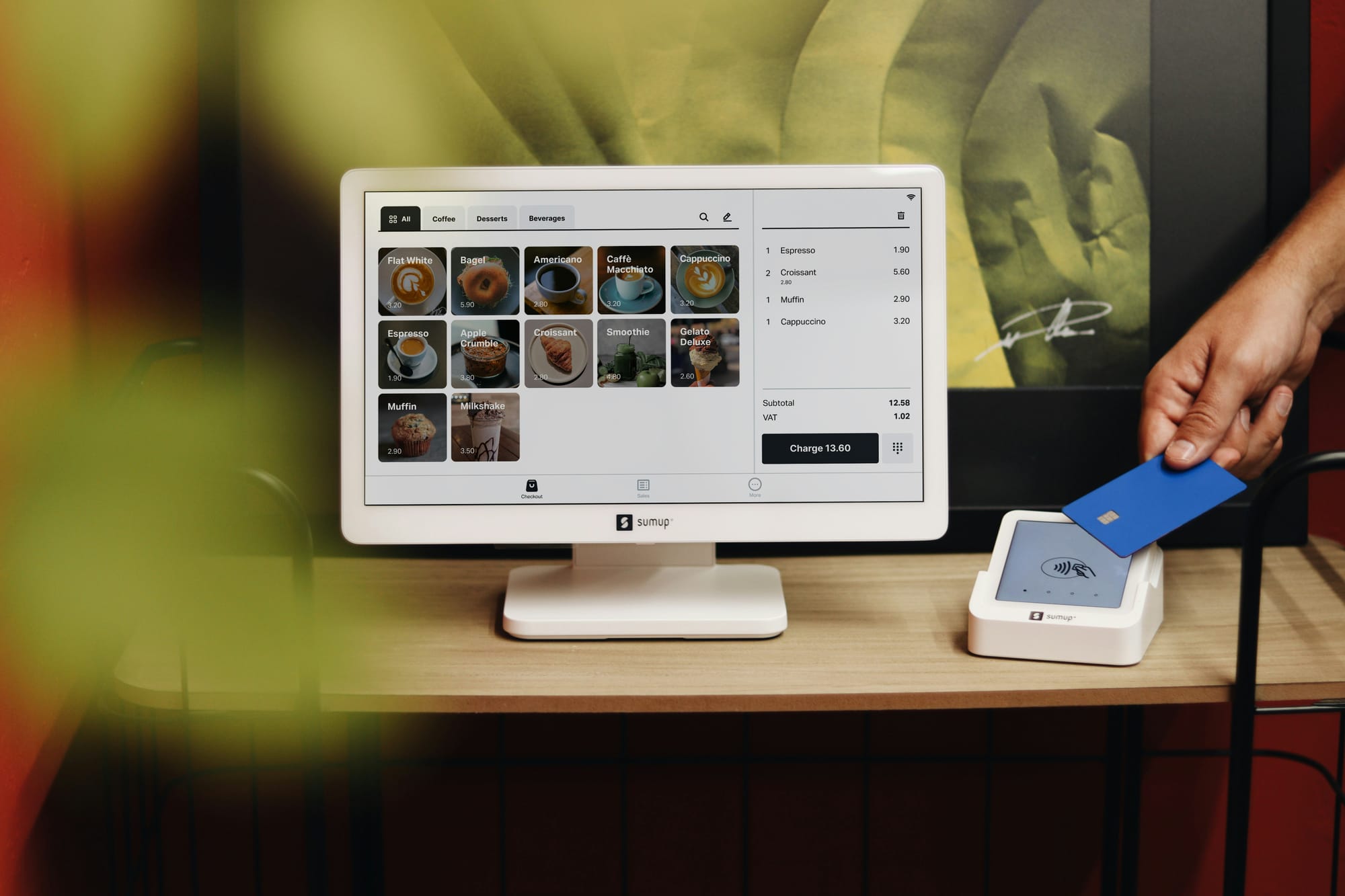The power of personalized content
Personalized content has emerged as a key strategy for marketers looking to deliver unique experiences that resonate with their audience. With the rise of AI and data-driven technologies, personalized content marketing has become an essential tool for boosting user engagement, improving conversion rates, and ultimately driving business growth.
But what exactly is content personalization, and how can you effectively implement it on your website to create more impactful user experiences? This article will explore the benefits, strategies, and tools that make customized content a vital part of any marketing strategy.
What is content personalization?
Content personalization is the process of tailoring website content, offers, and messaging to individual users based on data such as their behavior, preferences, demographics, and purchase history. Instead of showing the same content to every visitor, personalized content allows businesses to deliver relevant and highly targeted experiences. This might include custom landing pages, product recommendations, and personalized emails.
For example, a returning customer visiting an ecommerce site might see recommendations based on their previous purchases, while a new visitor might receive general promotions or featured products. The goal is to make each user’s experience feel tailored to their needs and preferences.
Why personalized content marketing is important
Personalization has been proven to deliver significant benefits for businesses of all sizes, especially in the digital marketing world. Here are some of our top reasons why personalized content marketing is essential:
- Increased engagement - when users see content that speaks directly to them, they are more likely to engage, stay longer on the site, and explore further. Personalization helps to create a more immersive user experience.
- Higher conversion rates - by delivering relevant offers and content to the right users at the right time, personalization can lead to more conversions, whether it’s product purchases, form submissions, or sign-ups.
- Improved customer retention - customers who feel that a brand understands their needs are more likely to return. Customized content helps build stronger, more loyal customer relationships.
- More effective marketing campaigns - content personalization allows marketers to create campaigns that are more targeted and efficient, leading to better results and a higher return on investment (ROI).
Strategies for implementing personalized content on your website
Creating a truly personalized content experience requires careful planning and the right tools. We’ve put together some strategies to consider when implementing content personalization on your website.
Segment your audience
The foundation of effective personalization is audience segmentation. By dividing your audience into distinct groups based on factors such as demographics, behavior, and purchase history, you can create customized content that speaks to each segment.
Example: an ecommerce business might create separate landing pages for new visitors, repeat customers, and high-value buyers.
Use behavioral data
Tracking user behavior, such as browsing patterns, click-through rates, and time spent on specific pages, can provide valuable insights into what users are interested in. You can then use this data to tailor content recommendations.
Example: if a user frequently visits a particular product category, you can showcase similar products or promotions.
Leverage dynamic content
Dynamic content allows your website to automatically change based on the user’s profile or behavior. This ensures that the content remains relevant, no matter where the user is in their journey.
Example: an ecommerce site might display different banners or product suggestions based on whether the visitor is new or returning.
Personalized email campaigns
Email marketing remains one of the most effective channels for personalized content marketing. By sending tailored emails based on user preferences or behavior, you can create more meaningful interactions.
Example: use email automation tools to send triggered emails - such as cart abandonment reminders, product recommendations, or birthday offers.
A/B testing for personalization
Not all personalization strategies will work equally well for every audience. To maximize the effectiveness of your efforts, use A/B testing to experiment with different approaches and measure which variations of customised content resonate best with your users.
Tools to help with content personalization
There are many tools available to help businesses implement content personalization on their websites. Here are a few popular options:
ConversionWax
ConversionWax is a personalization tool that helps businesses create personalized experiences through personalized content that is automatically optimized and can be easily scheduled in advance.
Optimizely
Optimizely is known for its A/B testing and personalization capabilities. It allows businesses to experiment with different website versions and personalize content for different user segments.
Monetate
Monetate offers omnichannel personalization, allowing businesses to deliver a seamless experience across web, mobile, email, and even in-store.
HubSpot
For small to medium-sized businesses, HubSpot offers personalization tools as part of its broader marketing suite, making it easier to create customized content for both web and email campaigns.
Best practices for content personalization
To ensure that your personalized content marketing strategy is effective, try following these best practices:
- Use clean and accurate data. The success of any personalization strategy depends on having high-quality data. Make sure your user data is up to date and free of inaccuracies.
- Balance personalization with privacy. While users appreciate personalized experiences, they are also concerned about privacy. Be transparent about data usage and ensure your personalization efforts comply with privacy regulations like GDPR.
- Don’t over-personalize. While personalization is powerful, overdoing it can be off-putting. Avoid making assumptions about users that might feel intrusive. Instead, focus on delivering value through relevant content.
- Measure your performance. Continuously monitor the effectiveness of your customised content strategy by tracking metrics such as engagement, conversion rates, and customer retention. Use this data to refine your approach.
Harness the power
In an era where consumers expect more from their digital interactions, personalized content has become a must-have for websites aiming to boost engagement, improve user experiences, and increase conversions. By leveraging personalization tools, behavioral data, and segmentation strategies, businesses can create meaningful, relevant content that resonates with their audience.
As you build out your personalized content marketing strategy, remember to stay focused on delivering value and continuously optimizing your efforts based on user feedback and performance data. Personalization, when done right, can be a game changer for your website and overall business success.
-

Unlock the benefits of website personalization
-

E-commerce conversion best practices
-

Your ultimate Conversion Rate Optimization checklist
-

How to: complete a Conversion Rate Optimization audit
-

An easy guide to ecommerce website optimization
-

Your guide to Conversion Rate Optimization best practices
-

Landing page optimization - maximizing your conversions
-

Website performance optimization techniques to boost your online business
-

Benefits of website personalization for online businesses
-

How to improve your ecommerce checkout conversion

